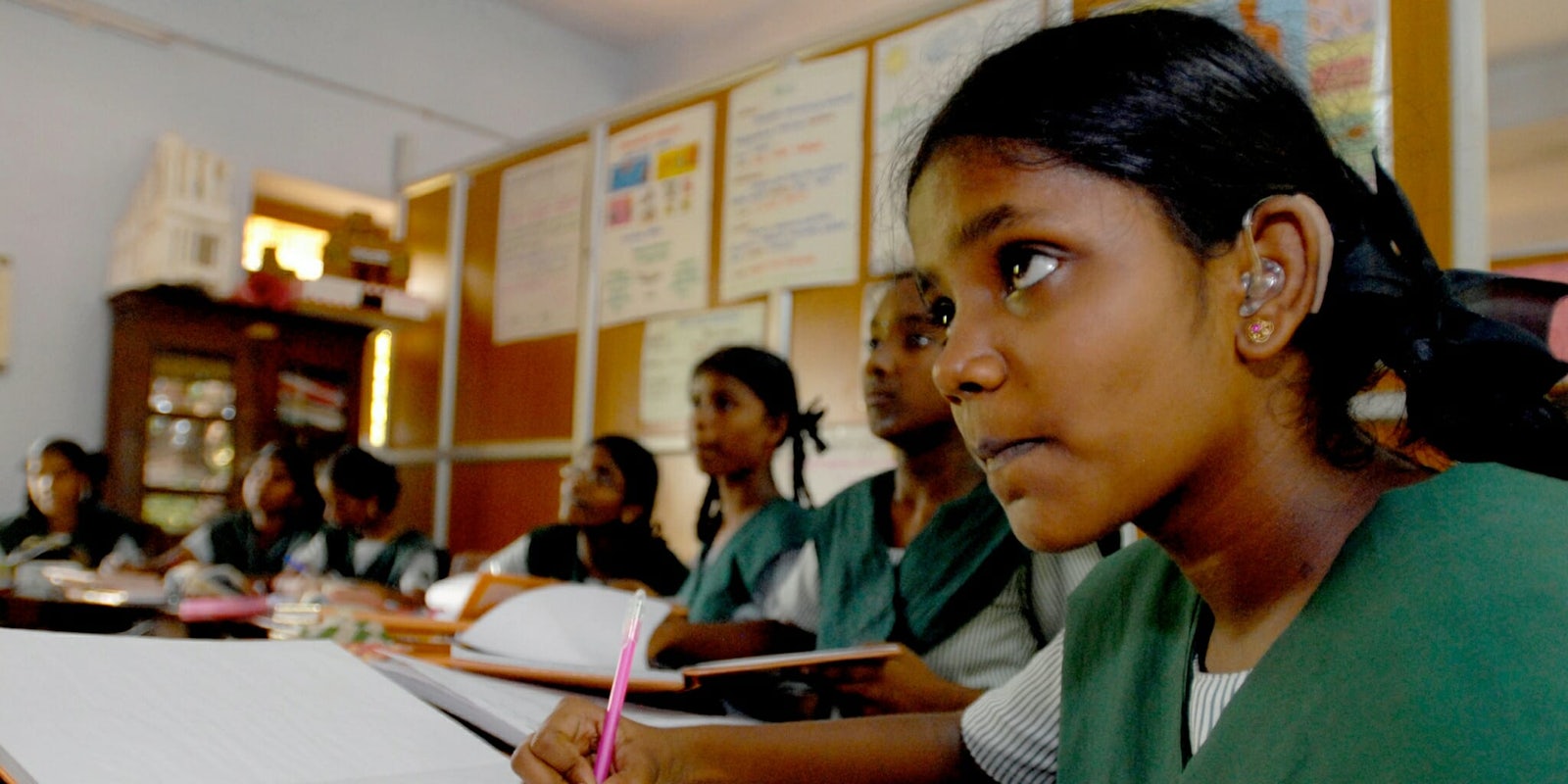An estimated 63 million women and girls are “missing” from India‘s population, and 21 million girls are “unwanted” as a result of the country’s preference and desire to birth and raise sons instead of daughters.
According to the country’s annual economic survey for 2017-2018, “son meta-preference” among couples has resulted in sex-selective abortions, better nutrition and medical care for boys, and subsequent inadequate treatment for girls. As a result, the country has 63 million fewer women than it should have as of 2014, with 2 million more going “missing” across age groups annually.
Additionally, the survey found that this preference led to couples adopting “stopping rules,” where they have children until they have birthed the desired number of sons. As a result, 21 million of these girls have been categorized as “unwanted”—girls whose parents wanted boys but gave birth to a girl instead. However, while some lives of the women improve once they’re born, “society still appears to want fewer of them to be born,” the survey states.
“Just as India has committed to moving up the ranks in the ease of doing business indicators, it should perhaps do so on gender outcomes as well. Here, the aim should be broader. Many of the gender outcomes are manifestations of a deeper societal preference, even meta-preference for boys, leading to many ‘missing’ women and ‘unwanted’ girls. So, Indian society as a whole should perhaps resolve—the miles to go before society can sleep in good conscience—to consign these odious categories to history soon,” the survey resolves.
H/T Time


